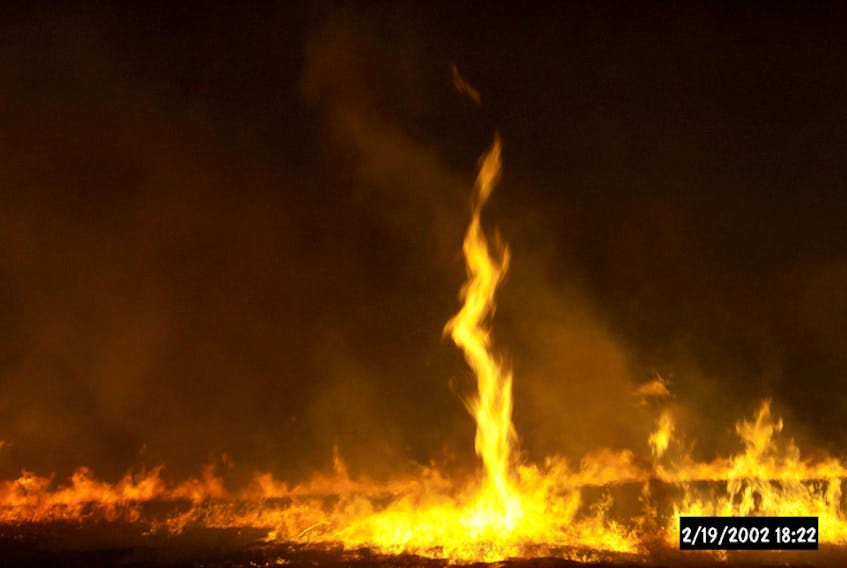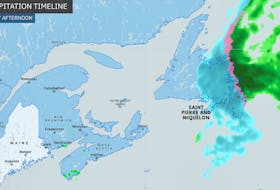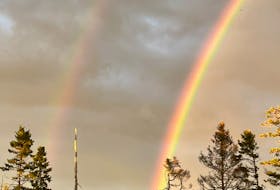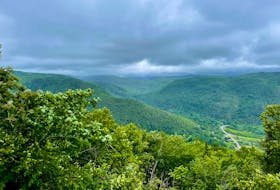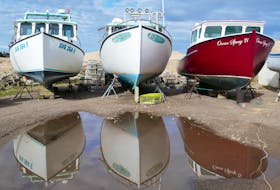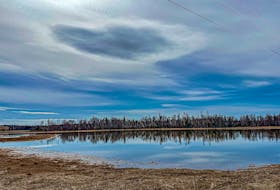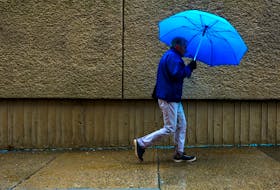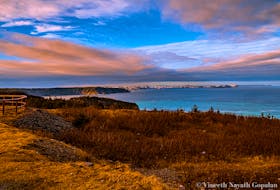The deadliest wildfires in the history of the United States continue to claim lives, homes… entire communities. The news coverage is hard to watch – in fact, it doesn’t seem real.
Last summer was unusually dry and now, the Santa Ana winds are blowing, an explosive combination when it comes to forest fires.
I was watching a reporter talk over some video and she commented on something that appeared in the shot – a firenado.
A firenado or fire tornado, is a misnomer. The columns of spinning fire are really more like dust devils than tornadoes. They are fire vortices correctly referred to as fire devils.
A fire devil forms when an extremely hot patch of ground sends up a plume of heated air. As the vortex rises and sucks the blaze up with it, its diameter begins to shrink and, like an ice skater pulling in his or her limbs to gather speed in a spin, its rotation accelerates. Most fire devils arise from hot spots in wildfires.
Not much is known about fire devils – as you can imagine, they are not easy to meter or study. It’s believed that on average, they extend 25 to 30 metres in the air and rotate at about 35 kilometres per hour. They don’t last long and are usually gone within a minute.
Are these common? Well they may be more common than we think. Their most likely home, the blazing heart of a raging forest fire, is usually hidden from our view.

